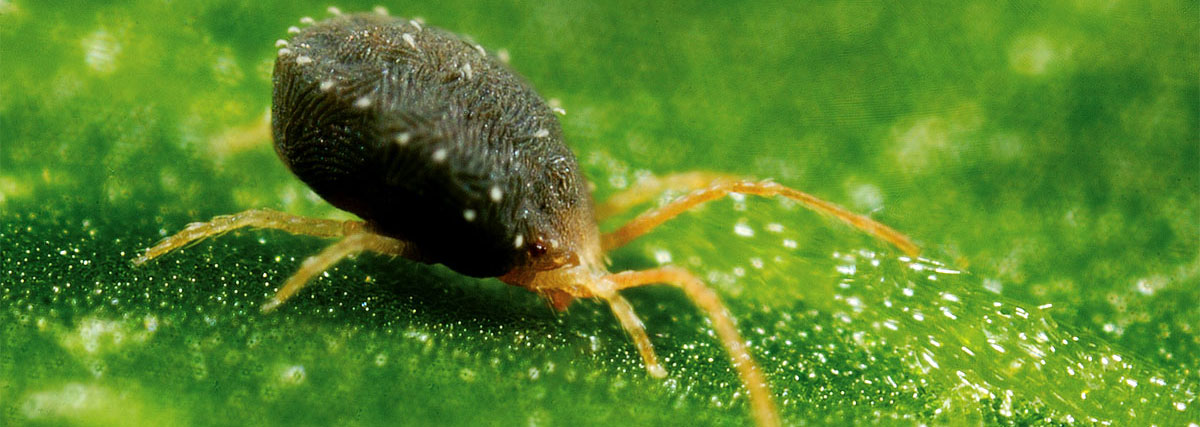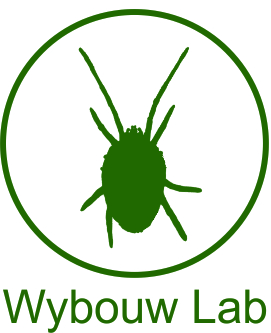Overdue for an update!
The last PhD chapter of Masoumeh is now published by PLOS Genetics! Here, we uncovered the complex genetic architecture underlying resistance to pyflubumide (a complex II inhibitor) by combining transcriptomic analyses and high-resolution genetic mapping. Two QTLs centered on cytochrome P450s that were overexpressed in resistant populations. We further corroborated the involvement of one of these P450s, CYP392A16, in resistance by in vitro functional expression and metabolism studies. Our genomic analyses also strongly indicated that gene amplification of CPR could enhance cytochrome P450-mediated detoxification, suggesting a novel molecular mechanism of toxicokinetic resistance.
In our research to study genetic conflict, we are currently tracking the spread of Wolbachia in replicated experimental populations that differ in their ability to suppress reproductive parasitism. We are at day 60 (approx. fifth-sixth generation) and already extracted DNA from 300 female mites. We took a risk, but are getting great results!

